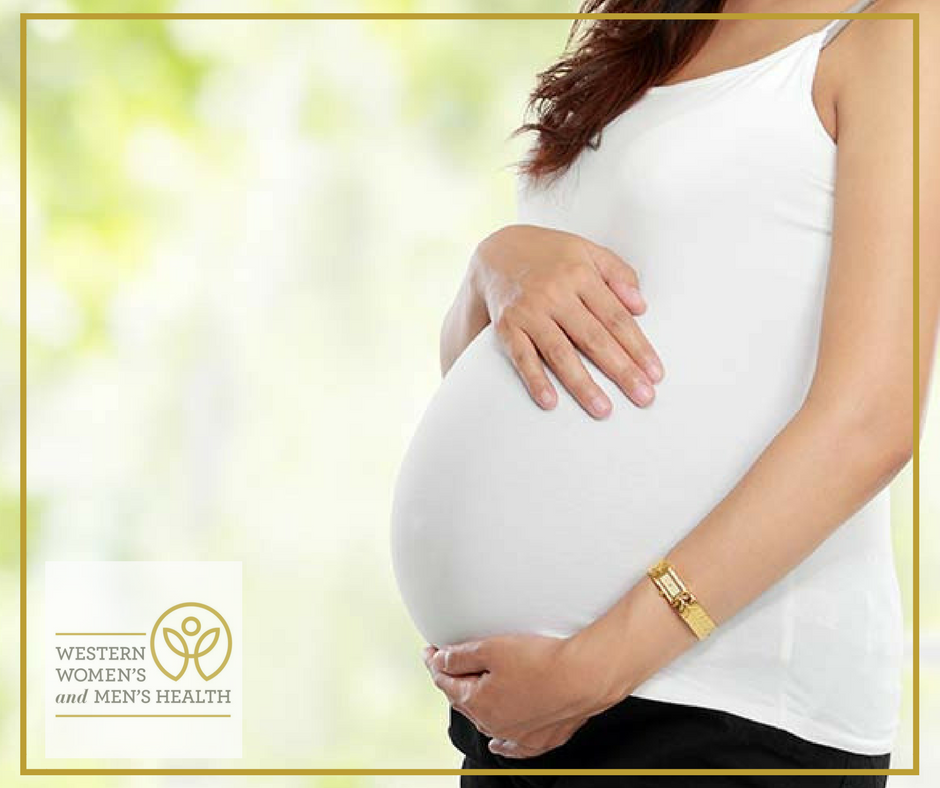
16 Aug The ‘ouch’ in Pelvis: Pelvic girdle pain in pregnancy
Pelvic Girdle Pain (PGP) is a common condition during pregnancy that affects around 20% of pregnant women. It can be quite uncomfortable and debilitating, making it difficult to perform everyday tasks. However, with proper management, the pain can be significantly reduced, allowing women to enjoy their pregnancy.
Symptoms
Pelvic Girdle Pain is typically characterised by pain in the pelvic area. This pain can be felt in the front of the pelvis, around the pubic bone, or in the back, around the sacroiliac joints. Some women may also experience pain in the thighs or buttocks. The pain can range from mild to severe and can be aggravated by activities such as walking, climbing stairs, turning in bed or standing for long periods. If you are pregnant and active, this pain can make you put a complete pause on your active lifestyle.
Types
- PGP: Symphysis Pubis Dysfunction (SPD)
- Sacroiliac Joint Dysfunction (SIJD)
Pubic symphysis is a joint that connects the left and right pelvic bones at the front of the pelvis. It is a cartilaginous joint, which means that the bones are connected by cartilage instead of bone. In simpler terms, it is the joint that connects the two halves of the pelvis at the front of the body.
The sacroiliac joint (SI joint) is located in the lower part of the back and connects the sacrum (the triangular bone at the bottom of the spine) to the ilium bone (part of the pelvis). It is a joint that helps with shock absorption and movement between the spine and the pelvis. In simpler terms, it is the joint that connects the spine to the pelvis in the lower back.
SPD is characterised by pain around the pubic bone and is often described as a sharp, stabbing pain. SIJD, on the other hand, is characterised by pain in the back of the pelvis and is often described as a dull ache.
After speaking to the GP/ midwife and obstetrician to rule out anything serious, the first go to person suggested for this type of pain is usually a women’s health physiotherapist.
Role Of Physiotherapy
A women’s health physiotherapy can play a significant role in managing Pelvic Girdle Pain during pregnancy. A physiotherapist can help by providing exercises, belts, everyday leg wear and advice on how to manage the pain. They may also use manual therapy techniques such as massage or manipulation to help reduce pain and improve mobility.
Exercises
Exercises that can be beneficial for Pelvic Girdle Pain during pregnancy include pelvic tilts, pelvic floor exercises, and hip strengthening. These exercises can help strengthen the muscles in the pelvic area, improve stability, and reduce pain. It is important to consult a physiotherapist before starting any exercise program during pregnancy.
Do’s and Don’ts
Do’s:
- Consult a physiotherapist for proper management and care.
- Use a pelvic support belt or brace to reduce pain.
- Take frequent breaks when standing or walking.
- Sleep on your side with a pillow between your knees.
- Use a cold/ warm compress to ease the pain.
- Keep legs together and squeeze when doing transfers
Don’ts:
- Avoid activities that worsen the pain, such as running, jumping, or lifting heavy objects.
- Do not sit or stand for long periods.
- Do not cross your legs while sitting.
- Avoid high-heeled shoes.
- Do not perform any exercises without consulting a physiotherapist.
- Walking on uneven surfaces like on sand and stairs
If you have any queries about the above please contact our Clinic on 9749 5110 and book an appointment with one of our Women’s Health Physio’s today!

Sorry, the comment form is closed at this time.